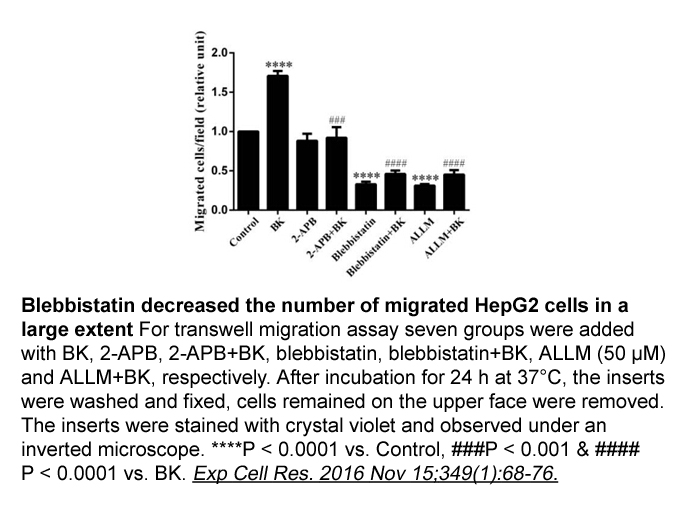Archives
Compared with a control group preschool and
Compared with a control group, preschool and school-aged children with SLI showed deficits in a lexical tone (/i2/–/i3/) discrimination task, and lexical tone discrimination sensitivity had additional predictive power regarding their overall language comprehension ability after adjustment for existing vocabulary ability (Chen, 2012) or the consonant and pure tone frequency discrimination sensitivities (Chen and Liu, 2010). Moreover, Lu and Tsao (2014) demonstrated that the poor lexical tone perception ability of Mandarin-speaking late-talking children, and it was associated with word-learning efficiency at 2 years of age, suggesting that the fragile lexical tone representation could adversely affect the word-learning efficiency in LTs.
As of this writing, MMRs have not been used to study Mandarin lexical tone discrimination in late-talking children, but results from children with reading difficulties might provide some insights. Meng et al. (2005) tested MMN responses in children with and without reading difficulties aged 8–13 years. The speech stimuli contrasts were initial consonants (/da/–/ga/), rhyming parts (/dan/–/dai/), and lexical tones (/ba1/–/ba2/). Syllables deviating in initial consonants and vowels resulted in MMN differences between the two groups, but no group differences in lexical tone condition were observed. Nevertheless, because of the lack of original waveform and amplitude measures for the typically developing group in the study by Meng et al., interpreting the development patterns based on the results is difficult.
Zhang et al. (2012) used the /pa2/–/pa4/ continuum to examine the categorical perceptions of Mandarin lexical tone in school children with or without reading difficulties. The results indicated that the age-matched control group demonstrated significantly enhanced MMN amplitudes in response to the across-category deviants compared with the within-category deviants, whereas the children with reading difficulties did not exhibit such effects. The enhanced MMN elicited using across-category tonal Q-VD(OMe)-OPh indicates that 10-year-old typically developing Mandarin-speaking children have formed phonological representations of lexical tones similar to those of adults.
Methods
Results
Discussion
In 3-year-olds, children with normal language development did not show the typical MMN in the early time window associated with the difference in acoustic features between the synthetic standard and deviant stimuli. Adults showed MMN responses to the (/i2/–/i3/) speech contrast in the 185–335ms interval (Liu et al., 2014). Our results indicate that the ability to identify specific speech features of  Mandarin lexical tones is not fully developed in children aged 3 years. However, these children already demonstrated an LDN-like response in the 335–535ms interval in frontocentral channels, suggesting that children aged 3 years analyze the phonological structures of tone stimuli but do not do so automatically yet. The results showed that children with PLD demonstrated p-MMRs in the 185–335ms interval in all six channels and the mean amplitude differed significantly from that of the TLD group in the Fz and Cz channels. In addition, the emerging LDN response in the 335–535ms interval was evident in the PLD group, but the amplitude was significantly more positive than that of the TLD group.
We also examined whether the LBs’ lexical tone discrimination abilities indicate a developmental delay. Group comparisons demonstrated no evidence to support that proposition. Because there is a substantial variation in data regarding children, this result might be due to the small sample size (10 children in the LB group). Although the group differences were not significant, a positive response was observed in the 185–335ms interval in the LB group. Because p-MMR and reduced-amplitude LDN are generally thought to reflect immature (i.e., poorer) representations of the phonetic c
Mandarin lexical tones is not fully developed in children aged 3 years. However, these children already demonstrated an LDN-like response in the 335–535ms interval in frontocentral channels, suggesting that children aged 3 years analyze the phonological structures of tone stimuli but do not do so automatically yet. The results showed that children with PLD demonstrated p-MMRs in the 185–335ms interval in all six channels and the mean amplitude differed significantly from that of the TLD group in the Fz and Cz channels. In addition, the emerging LDN response in the 335–535ms interval was evident in the PLD group, but the amplitude was significantly more positive than that of the TLD group.
We also examined whether the LBs’ lexical tone discrimination abilities indicate a developmental delay. Group comparisons demonstrated no evidence to support that proposition. Because there is a substantial variation in data regarding children, this result might be due to the small sample size (10 children in the LB group). Although the group differences were not significant, a positive response was observed in the 185–335ms interval in the LB group. Because p-MMR and reduced-amplitude LDN are generally thought to reflect immature (i.e., poorer) representations of the phonetic c ategories within a speaker’s native language, our results demonstrate that Mandarin-speaking LBs are less able to distinguish the subtle pitch contour differences between T2 and T3.
ategories within a speaker’s native language, our results demonstrate that Mandarin-speaking LBs are less able to distinguish the subtle pitch contour differences between T2 and T3.